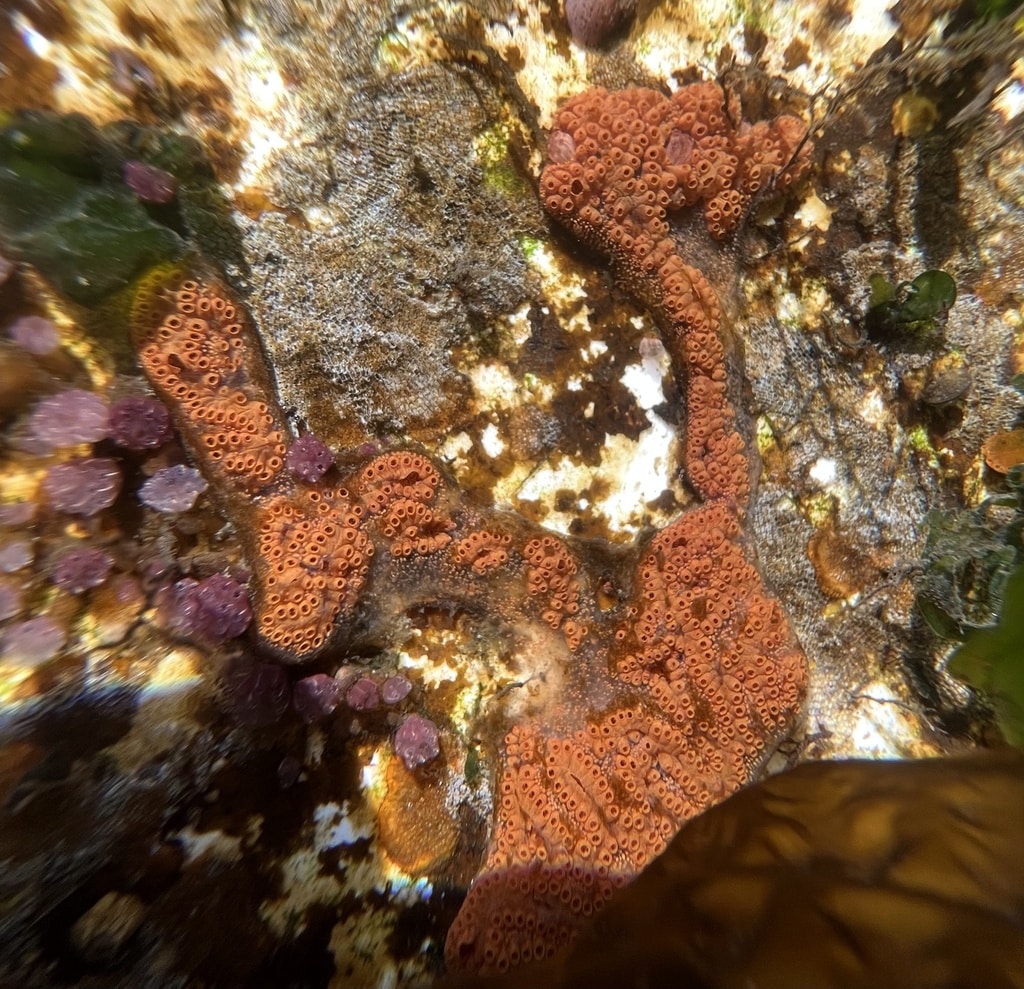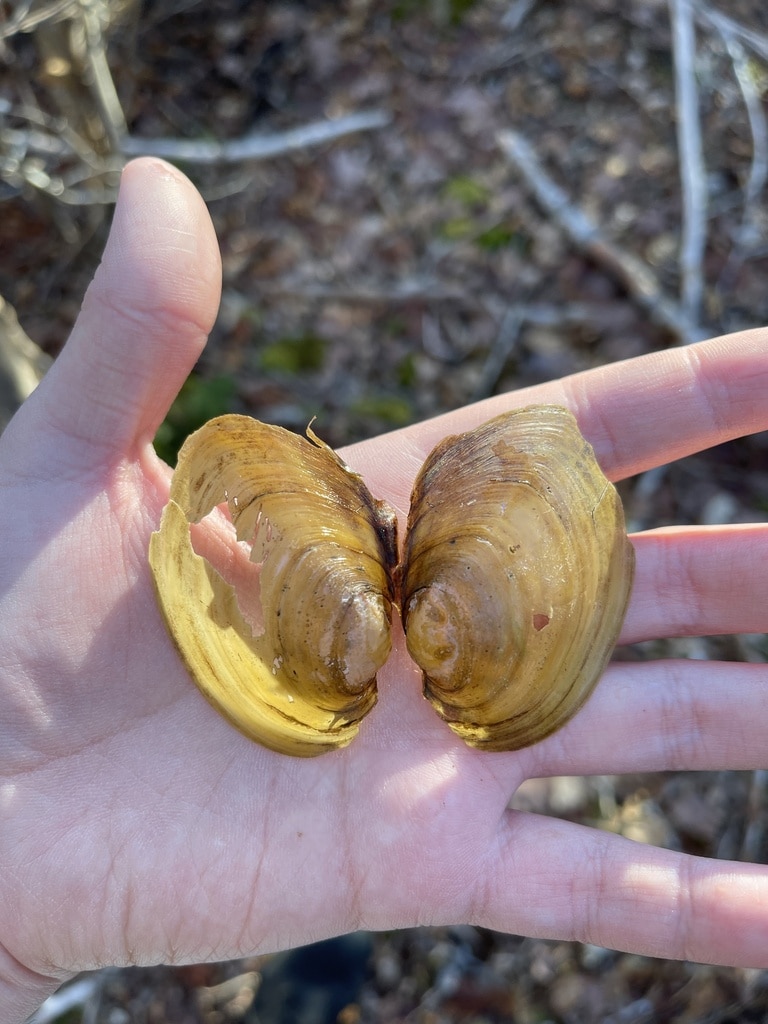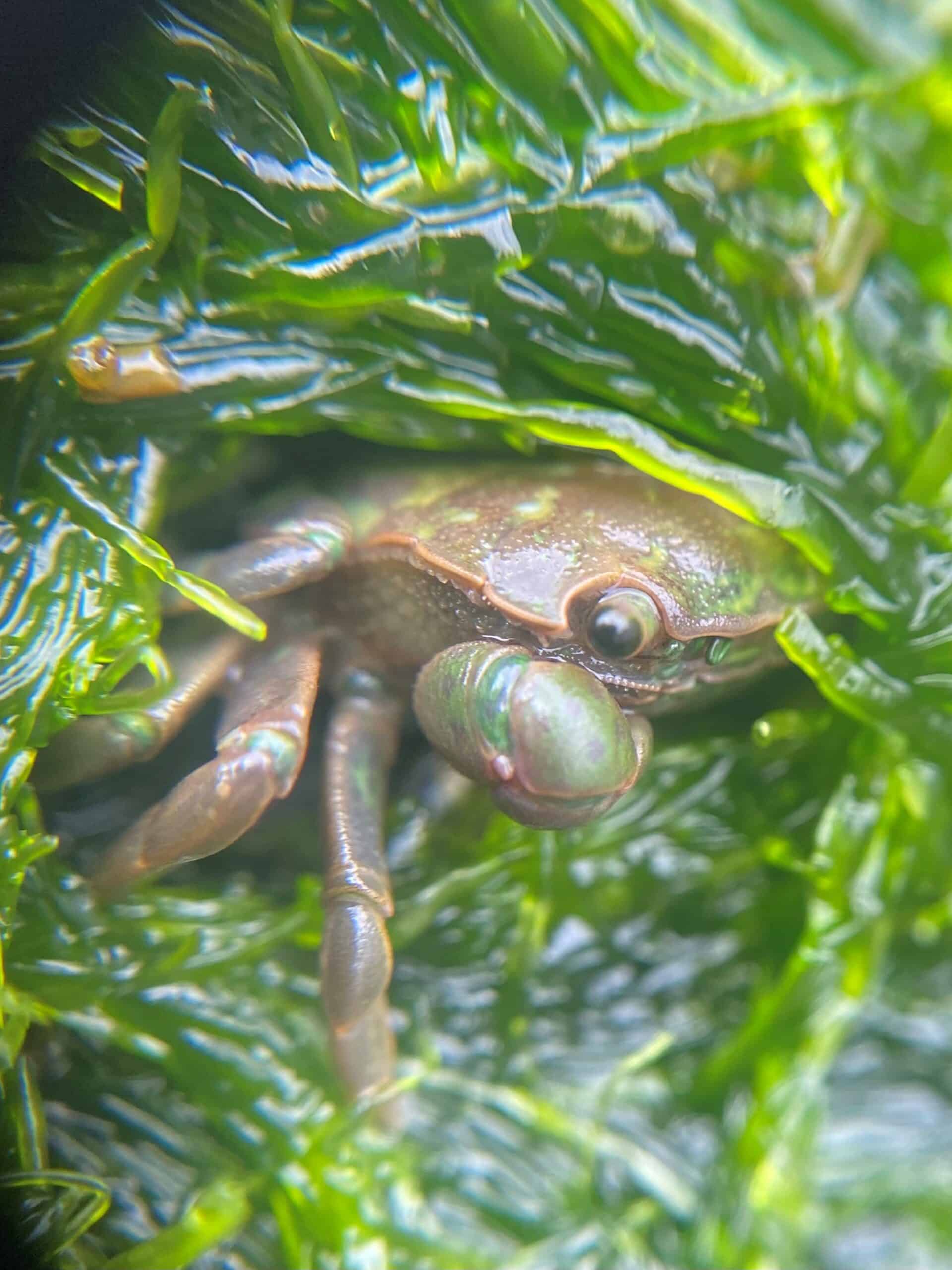By Erin Springinotic | February 28, 2023
In January, the I Spy and Identify Invasives project made 6,969 observations of 1,142 species! 193 people observed and reported native and invasive species across Canada and our network grew by 20 new individuals (and counting) – a huge welcome to our new members!
January’s reports included 618 observations of 160 different introduced and invasive species. The month’s totals included these concerning sightings:
- 6 observations of Chain tunicates (Botrylloides violaceus) on Vancouver Island. These tunicates grow rapidly in densely packed colonies and suffocate surrounding marine plants and animals. Chain tunicates originate from Asia, and likely arrived on the west coast of British Columbia through the movement of fishing gear, shellfish, and ships.

- 1 observation of Eurasian watermilfoil (Myriophyllum spicatum) in Okanagan Lake near Vernon, British Columbia. Eurasian watermilfoil was first observed in Okanagan Lake in the 1970’s, when it was likely introduced through the dumping of aquarium contents. 50 years later, this invasive plant is still found in the lake and surrounding waterbodies where it outcompetes native plant communities and reduces water quality.
- 1 observation of a European green crab (Carcinus maenas) in Halifax, Nova Scotia. If you’ve been following us for a while, you’ve heard us talk about these invasive crabs before. European green crabs cause widespread destruction to eelgrass beds, a critical nursery habitat for juvenile salmon and herring. These invasive crabs were first found in Atlantic Canada in the 1950s and have more recently spread up and down British Columbia’s coastline from Haida Gwaii to Southern Vancouver Island. European green crab larvae spread through ballast water in ships, hitchhiking on boats and gear, and by drifting on ocean currents.
Numerous species at risk were also reported throughout January:
- 1 observation of a Grey whale (Eschrichtius robustus) off the coast of Vancouver Island, BC. Grey whales were commercially hunted to near extinction in the North Pacific in the 19th and 20th centuries, though populations have increased since being granted legal protection in 1937. Today, the main threats to Grey whales are entanglement in fishing gear, ship strikes, and destruction of feeding habitat. During the summer months, Grey whales in BC are frequent visitors to eelgrass beds, where they feed on the eggs and larvae of Pacific herring (Clupea pallasii). As invasive species like European green crabs spread along BC’s coasts, this critical habitat is threatened, creating a grim situation for whales and the broader marine ecosystem.

- 2 observations of Yellow lampmussel (Lampsilis cariosa) in Pottle Lake on Cape Breton Island. These freshwater mussels play a critical role in aquatic food webs, and are preyed upon by birds, fish, and other invertebrates. Yellow lampmussels are filter feeders, and improve water quality by filtering phytoplankton, micro-organisms, and bacteria from the water column. Threats to the Yellow lampmussel include destruction of habitat, declining water quality and the introduction and establishment of invasive Zebra mussels (Dreissena polymorpha).

Thank you for your contributions to the I Spy and Identify Invasives Project! As the ice begins to melt, and we begin to spend more time on the water, remember to Clean, Drain, and Dry your boats and equipment to prevent the spread of invasive species. We can’t wait to see what you report in February. Stay warm out there, and happy iNatting!
Erin works in Outreach Support at ISCBC. She is grateful to live on the traditional territories of the Songhees, Esquimalt, and W̱SÁNEĆ peoples, also known as Victoria. In her spare time, she loves wandering around in the woods. You can reach Erin at espringinotic@bcinvasives.ca.
Share


















